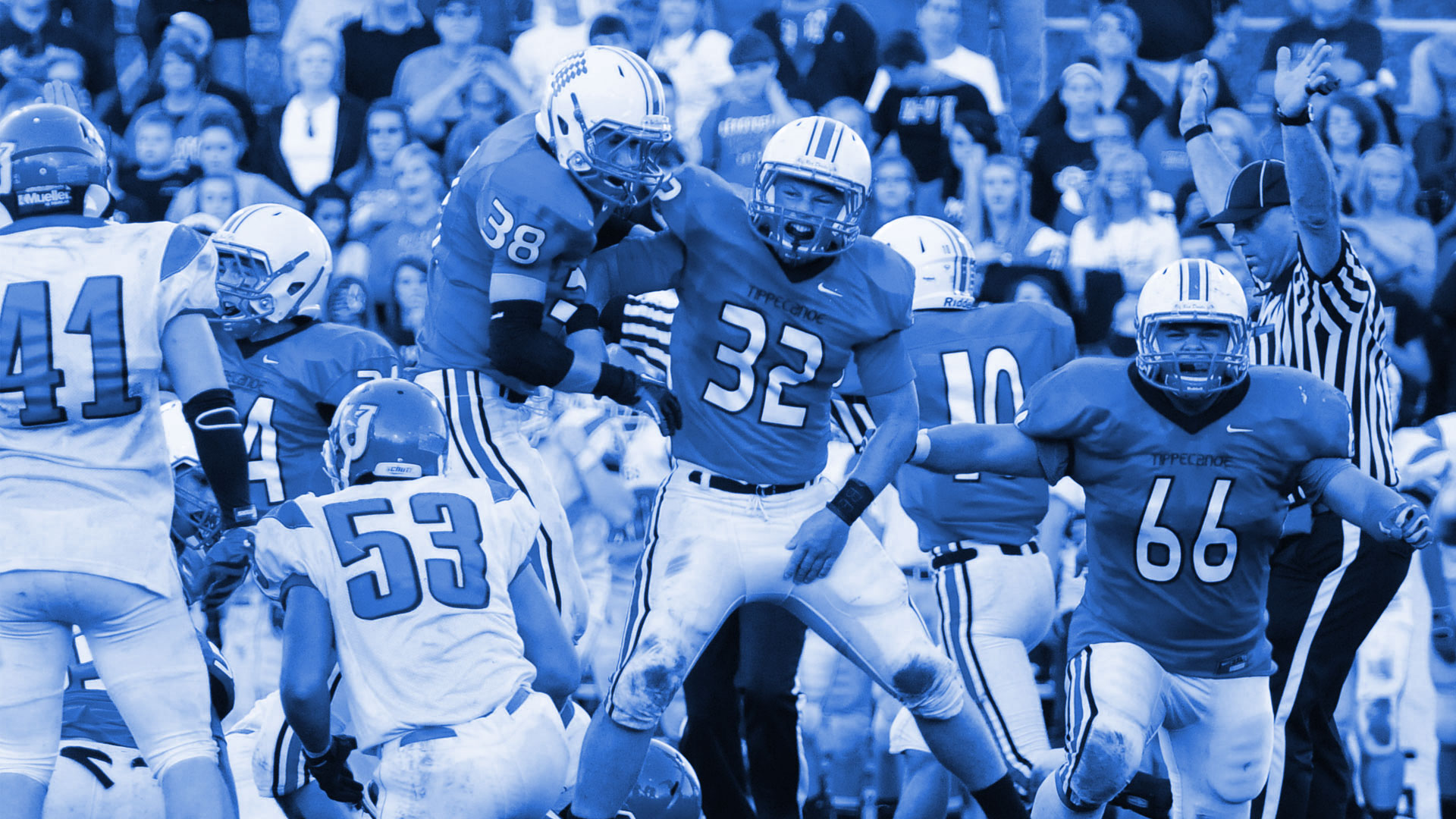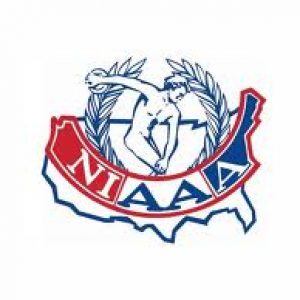
As high school sports around the area take a break over the Thanksgiving holiday, here is a look at what Fairfield football head coach Jason Krause and athletic directors from Lakota West, Lakota East and Colerain are thankful for in regard to high school athletics.
Fairfield football head coach Jason Krause:
What are you thankful for in regard to high school athletics and how they impact the athletes, students and the community?
“What I’m thankful for is obviously the opportunity to be in the position that I’m in and deal with great high school kids on a daily basis and watch them grow and see all the positive things that they do to excite your community and, this year that we had, our community seemed to kind of grow and live through our guys on Friday nights and all the hard work they’ve put in to change the atmosphere at our high school as far as athletics goes.”
Are there any examples of the athletes at your school giving back to the community?
“Our kids do a great job of it… probably the biggest one for us this year [was] over an eight week period we went every Saturday morning to the Joe Nuxhall Miracle League… we were taking 20-25 players a day in their jerseys to assist the kids and playing in the games at Joe Nuxhall Miracle field and just to see our kids interact with some of those kids… it really put a different thought in my mind of what we’re all about and the impact we truly can have on families and the community.”
Lakota West Athletic Director Scott Kaufman:
What are you thankful for in regard to high school athletics and how they impact the athletes and the community?
“I’ve always been very thankful for the individual skills and character development that sports provide to student athletes and the leadership qualities that take them far beyond what sports themselves have. It’s their experiences in sports that prepare them for everything that they’re going to do in the future.”
What are your thoughts when you see high school athletes take on leadership roles in the community or perform charitable work to help the less fortunate while they’re still in high school?
“I think that’s the most powerful component of what we deal with is, you know, the lessons that sport in itself teach kids with character and leadership and discipline and commitment… when you can see those carry over into non athletic venues, that’s the most rewarding thing that you can see. So when you see somebody step up in a leadership position whether it’s to run a coat drive or whether it’s to raise money for a specific charity or just to help somebody else on the street, to me that’s the biggest exclamation point you can put at the end of what we’re trying to accomplish.”
Are there any examples of the athletes at your school giving back to the community?
“There’s too many to really count… there’s been coat drives, there’s been canned food drives, there’s been cancer awareness fundraisers; I hate to underplay it but it’s become common place in what we do every day of finding ways to give back and our kids really step up to it when they can.”
Colerain Athletic Director Dan Bolden:
What are you thankful for in regard to high school athletics and how they impact the athletes and the community?
“I think what high school sports can do is bring a community together. You know, there’s nothing better than on a Friday night looking up into the stands and seeing the community up there cheering on the team or if it’s a basketball night and you look in the gym and the gym’s packed with fans from the community or people who just want to come see good basketball or people who want to see good football or people that want to come out and see a good softball team play on a March day when the suns out.”
What are your thoughts when you see high school athletes take on leadership roles in the community or perform charitable work for those less fortunate?
“That makes you feel good, as an athletic director, it makes you feel like the coaches you’ve hired are doing the right thing; they’re instilling a sense of pride, of community, of feeling, of leadership and of giving to those kids; and they’re watching it actually happen. I equate it sometimes to when you watch your kid take their first steps… a lot of people outside the education world don’t understand when teachers can see that kid who struggled in their grades or that coach can see a kid who as a freshman was awkward and uncoordinated and by the time they’re a junior they’ve become this aspiring athlete who leads and listens and has a heart the size of the room and when you see that happen as a coach, there’s nothing better than that, than to watch that actually happen.”
What’s it like to watch these kids develop and grow not just as athletes but also as people?
“That’s the great thing about coaching that’s outside of teaching… as a coach you’ve seen them as a freshman and you see them the next season and you see them all the time and you watch them grow and then that’s why I think people don’t understand when a season ends why kids and coaches are so emotional about it… those coaches have watched those kids grow for four years and they’ve worked together for a common goal and they’ve been through the highs and the lows together and when they get to that point when it’s all over, they’re emotional because they’ve formed a bond and an attachment that will last forever… that’s a lasting bond that never breaks.”
Lakota East Athletic Director Rich Bryant:
What are you thankful for in regard to high school athletics and how they impact the athletes, student, staff and the community?
“I believe that the court, the football field, the swimming pool or the cross country course are extensions of the academic classroom and the life lessons that our student athletes take from the experiences that they draw upon are invaluable.”






